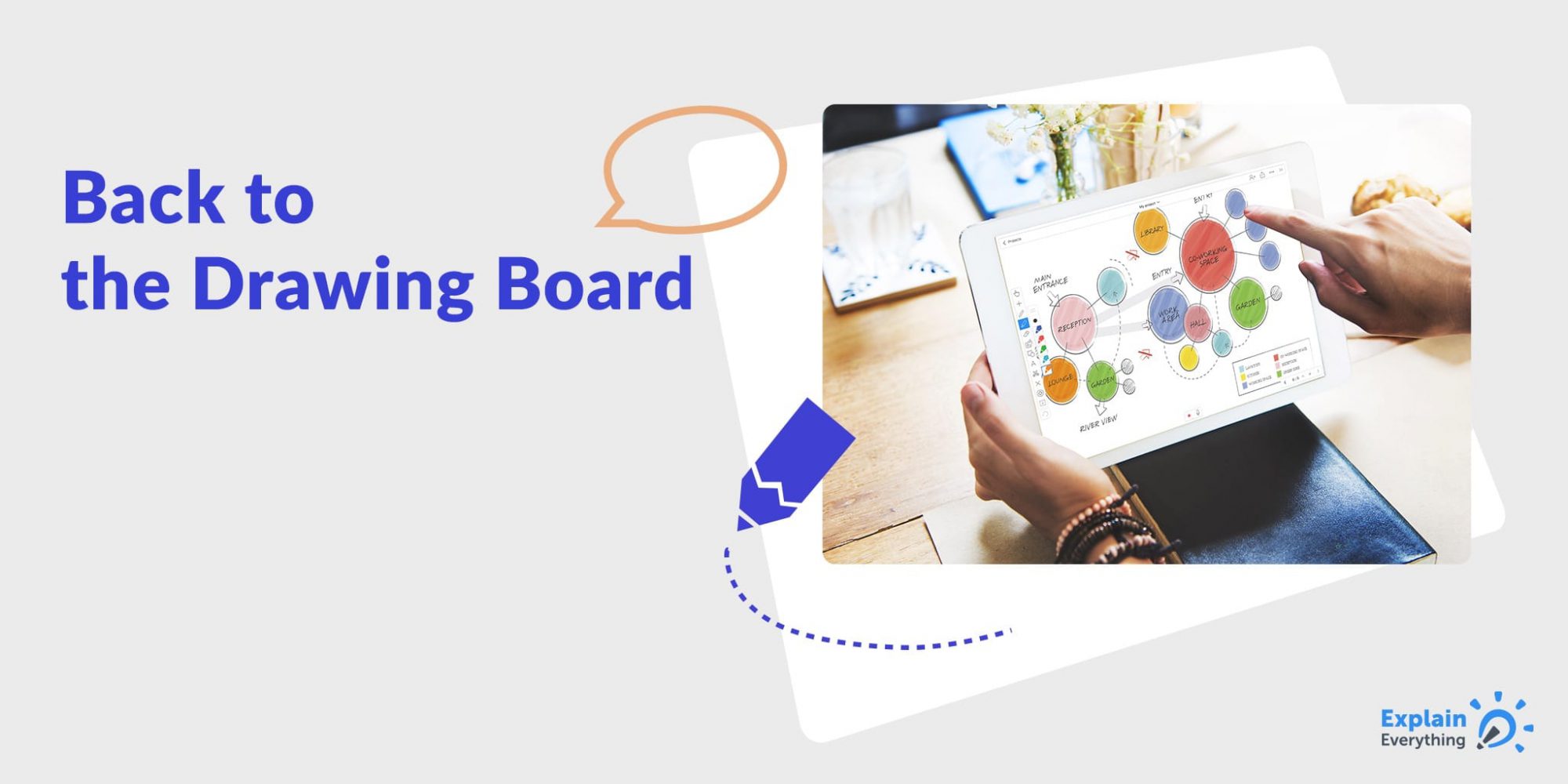Back to the Drawing Board: The Value of Sketchnoting and Visual Note Taking

Getting words typed out on a keyboard can be a lot easier and quicker than writing them by hand. But when it comes to retaining information and brainstorming creative ideas, it seems that the good old mighty pen (or stylus) still holds a lot of value. Techniques from sketchnoting to mind mapping can perhaps take more time, but have shown to be extremely valuable in terms of retention.
There was research done among college students a few years ago by psychologists Pam A. Mueller and Daniel M. Oppenheimer. They studied the results of taking notes by hand versus typing them on a laptop. The researchers concluded that handwritten notes helped with memory and retention of the material, due to a different kind of cognitive processing used. When typing, the tendency is to transcribe verbatim instead of processing any meaning of what is being said. When writing notes, you’re taking in the information, thinking about what you heard, focusing on what you think is important, and then restating that information in your own words. That process enables the brain to engage more and results in increased retention.
There is a trending topic in business focused on pairing the benefits of the note-taking routine with visual aspects. It’s called visual thinking and learning. Although it’s not a new concept (think of whiteboard drawings during brainstorming sessions), it hasn’t reached its full potential in the business world yet. Techniques like sketchnoting, annotating, and mind mapping allow flexibility in getting concepts and ideas out of participants’ minds and on a canvas. There is even a “doodle revolution” taking place led by author and consultant Sunni Brown.
Not only is retention further enhanced by adding visualization, but audiences are more engaged and creativity is sparked. As Brown puts it, “doodling is a precursor to and a catalyst for deep intellectual and creative breakthroughs.”
Visual thinking is especially useful as business teams collaborate on projects and brainstorm creative ideas to:
- Solve complex problems
- Create new business models and strategies
- Explain product configurations
- Develop innovative solutions
- Enhance training sessions
The good news is, you don’t need to be an artist to get started. All you need is a writing instrument and something to write on to get those thoughts visualized. And innovative technology makes it even easier as a stylus or even your fingertip becomes the writing instrument that you can use on a touch-enabled, digital canvas.
It’s time to get back to the drawing board!

